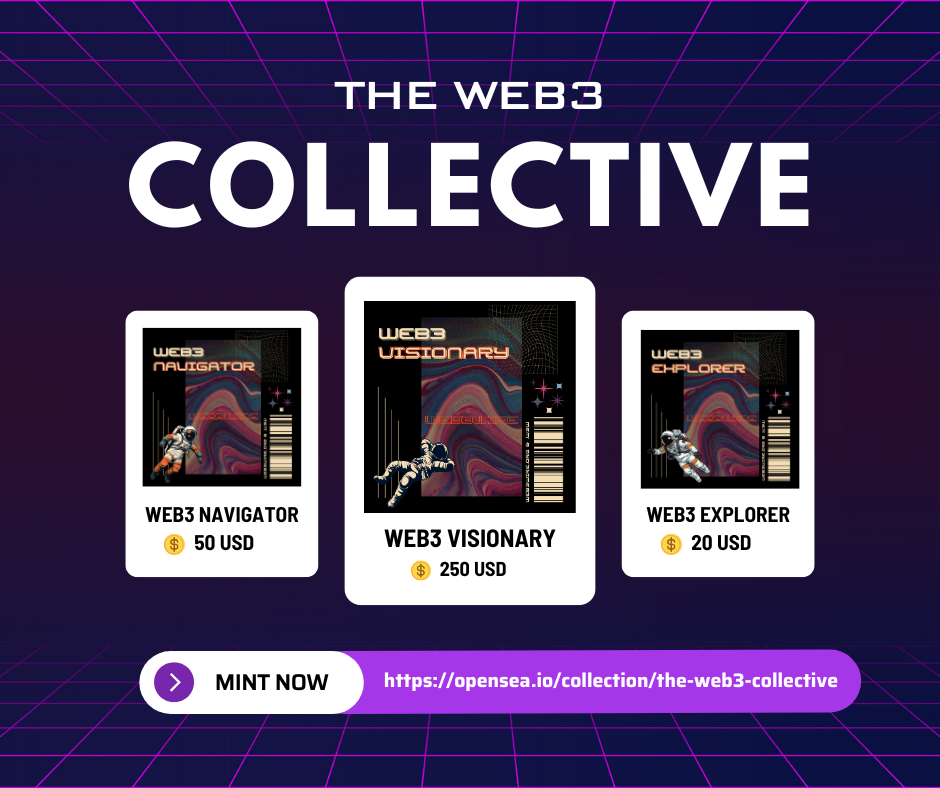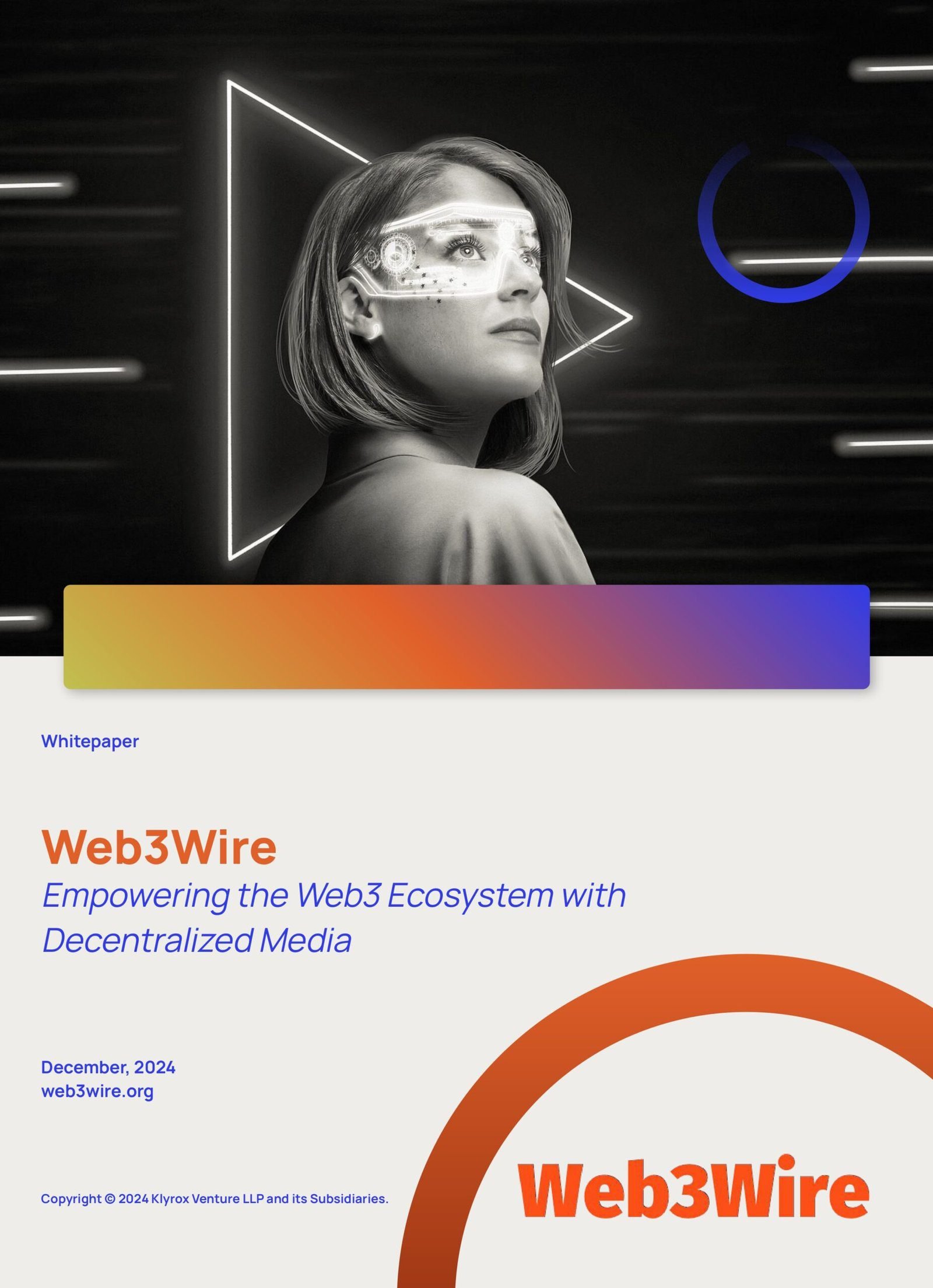
Exploring ICOs, Coin Innovations, Privacy, AI, and Multi-Chain Infrastructure
The world of cryptocurrency is ever-evolving, with Initial Coin Offerings (ICOs), coin innovations, on-chain privacy, artificial intelligence (AI), and multi-chain infrastructure driving significant transformations. As the blockchain space continues to expand, staying informed about these key developments is crucial for investors, developers, and enthusiasts alike.
Understanding Initial Coin Offerings (ICOs)
Initial Coin Offerings, or ICOs, have become a pivotal mechanism for blockchain startups to raise capital. Similar to an Initial Public Offering (IPO) in the traditional financial markets, ICOs allow investors to purchase tokens from a new cryptocurrency project. These tokens often provide access to a platform’s services or, in some cases, share in the project’s potential profits.
Key aspects to consider:
- Regulatory Environment: As regulatory bodies globally begin to take a closer look at ICOs, investors should be mindful of the legal frameworks within which these offerings operate. The landscape can vary significantly between jurisdictions.
- Project Viability: With the high number of ICOs launched since their inception, distinguishing between innovative projects and scams is crucial. Thorough due diligence is essential.
- Investor Participation: ICOs have democratized access to investment opportunities, allowing individuals across the globe to participate in groundbreaking projects from their inception.
Coin Innovations and Their Impact
The cryptocurrency market is no stranger to innovation. Various altcoins are constantly emerging, each bringing unique capabilities and benefits to the ecosystem:
- DeFi Tokens: Decentralized Finance (DeFi) has introduced tokens that enable users to lend, borrow, and trade without intermediaries, redefining traditional finance.
- Stablecoins: Offering price stability by being pegged to traditional currencies or assets, stablecoins facilitate transactions and provide a reliable store of value.
- NFTs: Non-Fungible Tokens have revolutionized digital ownership and content creation, bridging the gap between digital and physical assets.
On-Chain Privacy: A Rising Priority
Privacy is a critical concern for many in the blockchain space. As cryptocurrencies gain traction, preserving the anonymity and confidentiality of transactions becomes increasingly important:
- Privacy Coins: Coins like Monero and Zcash offer enhanced privacy features, obscuring transaction details from public view.
- Zero-Knowledge Proofs: Advanced cryptographic techniques enable users to verify transactions without revealing sensitive information.
- Regulatory Balancing Act: Ensuring privacy while adhering to regulatory requirements remains a delicate and ongoing challenge.
Artificial Intelligence: Enhancing Blockchain Efficiency
AI algorithms are integrating within blockchain ecosystems, contributing to efficiency and security improvements:
- Data Analysis: AI can process and analyze large datasets on the blockchain, identifying patterns and potential security threats.
- Smart Contracts: AI enhances the functionality of smart contracts by automating complex decision-making processes.
- Market Insights: Leveraging AI to forecast market trends and inform trading strategies offers a competitive edge for investors.
Layer 1 and Layer 2 Solutions
The scalability of blockchain networks is imperative for mainstream adoption. Both Layer 1 and Layer 2 solutions are being developed to address these concerns:
- Layer 1 (L1): Refers to the foundational layer of a blockchain, involving improvements to the core protocol to handle more transactions.
- Examples include Ethereum 2.0’s transition to proof-of-stake.
- Layer 2 (L2): Built on top of L1, L2 solutions aim to offload transaction processing to reduce congestion on the main chain.
- Are typified by solutions like the Lightning Network for Bitcoin.
Embracing Multi-Chain Infrastructure
The concept of multi-chain infrastructure is reshaping how different blockchains interact and coexist:
- Interoperability: Solutions such as Polkadot and Cosmos enable different blockchains to communicate, share data, and perform transactions across networks.
- Scalability and Flexibility: By allowing seamless interaction between chains, multi-chain approaches provide developers with greater flexibility and users with improved experiences.
- Cross-Chain DeFi: Projects leveraging multi-chain infrastructures can unlock new dimensions of Decentralized Finance that were previously unattainable.
Conclusion
As the cryptocurrency sector continues to innovate and mature, the interplay between ICOs, coin innovations, privacy, AI, and multi-chain infrastructure will shape the future of finance and technology. Stakeholders—from developers and investors to regulators—must remain attentive to these evolving dynamics to harness the opportunities and navigate the challenges inherent in this dynamic environment.
Stay updated with the latest developments in these areas, as the adoption of blockchain solutions accelerates and fundamentally alters our interactions with digital currencies and decentralized applications.
“`







